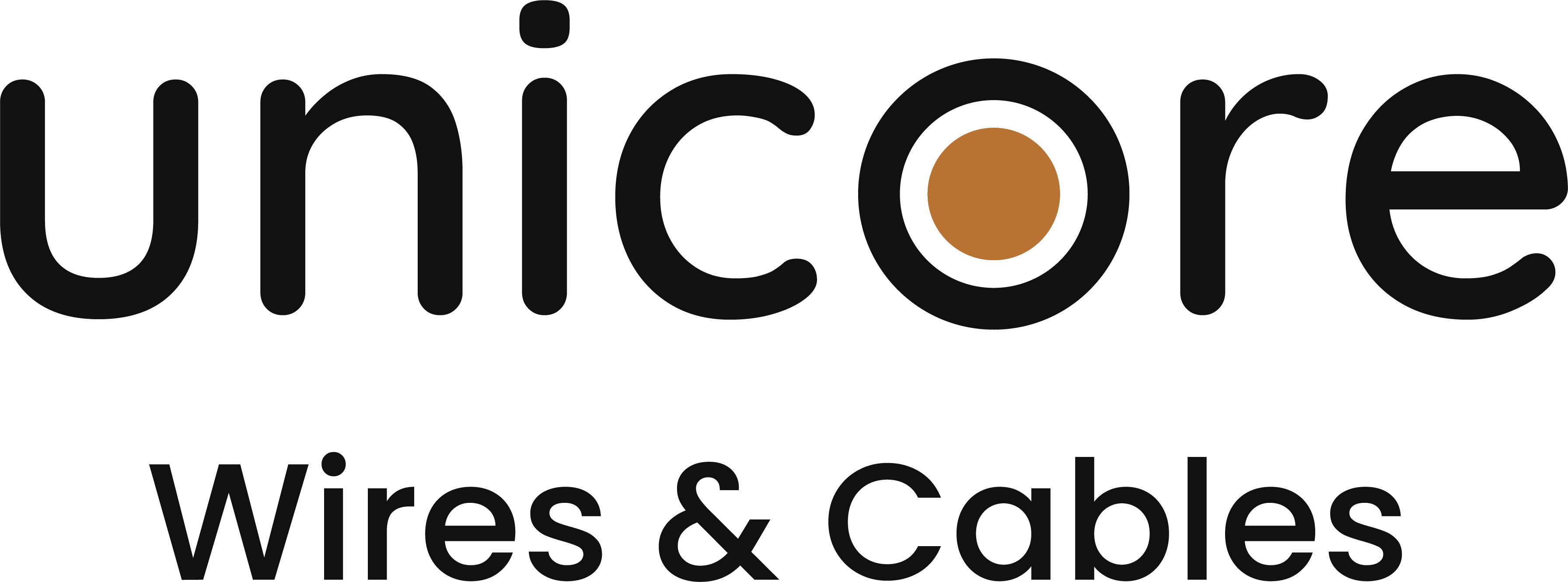Whatsapp : 0311 4499 321 ♦ Email : [email protected] ♦ Monday - Friday : 8:00 AM to 6:00 PM
The Role of Electric Cables in Smart Home Automation
Electric cables play a crucial role in the implementation of smart home automation systems. They provide the backbone for the transmission of power and data throughout the home, enabling devices and systems to communicate with each other and the outside world. In this blog post, we’ll explore the role of electric cables in smart home automation and discuss some of the key benefits and challenges associated with their use.
Power Cables
Power cables are essential for the delivery of electricity to devices and systems within the home. They are typically made from copper or aluminum wire and are rated for different levels of voltage and current. In a smart home automation system, power cables are used to connect devices such as lighting, heating, and cooling systems, as well as smart appliances, to the electrical grid.
Data Cables
Data cables are used to transmit information between devices and systems within a smart home automation system. They are typically made from copper or fiber optic wire and are rated for different levels of data transmission speed and capacity. Data cables are used to connect devices such as sensors, cameras, and smart home hubs, allowing them to communicate with each other and with the homeowner’s smartphone or other mobile devices.
Benefits of Electric Cables in Smart Home Automation
The use of electric cables in smart home automation systems offers several benefits, including:
- Reliability: Electric cables provide a reliable and consistent means of transmitting power and data throughout the home, ensuring that devices and systems remain connected and operational.
- Security: Electric cables provide a secure means of transmitting data, reducing the risk of data breaches or hacking.
- Flexibility: Electric cables can be easily installed and configured to meet the specific needs of each smart home automation system.
- Scalability: Electric cables allow for the easy expansion of smart home automation systems as needed, without the need for major infrastructure upgrades.
Challenges of Electric Cables in Smart Home Automation
Despite their many benefits, there are also some challenges associated with the use of electric cables in smart home automation systems. These include:
- Installation: Installing electric cables can be a complex and time-consuming process, particularly in older homes or buildings where retrofitting may be required.
- Maintenance: Electric cables require regular maintenance to ensure that they remain in good condition and continue to provide reliable performance.
- Cost: The cost of installing and maintaining electric cables can be high, particularly for large or complex smart home automation systems.
Conclusion
Electric cables play a critical role in the implementation of smart home automation systems. They provide a reliable and secure means of transmitting power and data throughout the home, enabling devices and systems to communicate with each other and with the outside world. While there are challenges associated with their use, the benefits of electric cables in smart home automation systems far outweigh the costs, making them an essential component of modern smart homes.
